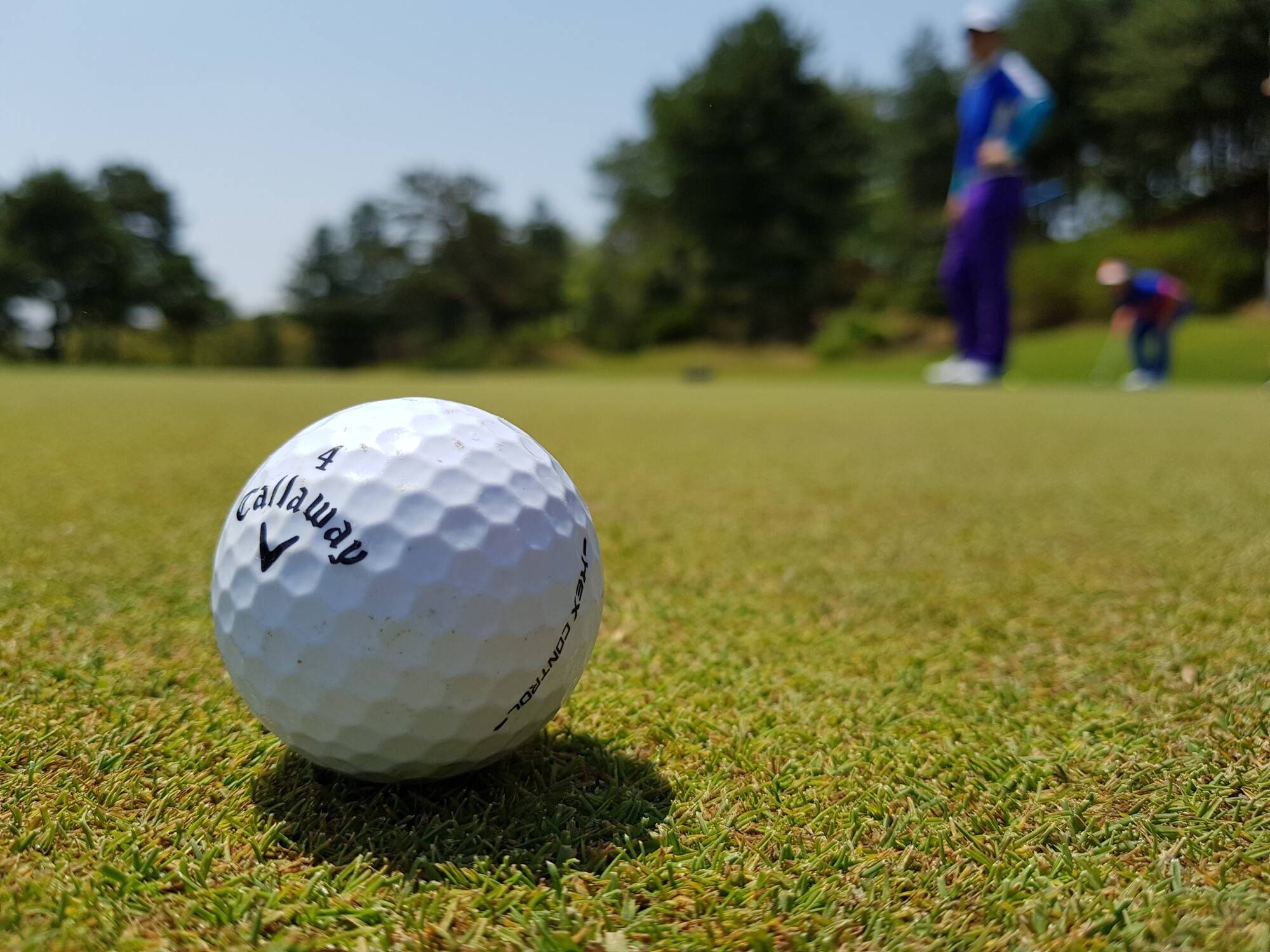
How to Choose a Golf Ball: Which Golf Ball Is Best For You?
In 2020, the NGF showed that 24.8 million golfers in the US. This figure represents an increase of 500,000 from 2019. This game is an excellent way to spend time outdoors and relax with friends.
However, many people make a mistake when they start playing golf. They believe that because golf doesn't involve lots of running and jumping, it's an easy game to play.
In reality, golf is a demanding game that depends on several factors to succeed. One of those factors is playing with the right golf ball.
Newcomers may wonder how to choose a golf ball that suits their game. Check out this guide to find the answers!
How to Choose a Golf Ball From the Different Types
Did you know there are several types of golf balls? The easiest way to determine types is to look at how many pieces a golf ball has.
The different types of golf balls include:
- 1-piece golf balls
- 2-piece golf balls
- 3-piece golf balls
- 4-piece golf balls
- 5-piece golf balls
Manufacturers produce golf balls with different layers, and each of these products has distinct pros and cons. Generally, golf ball options with more layers are better choices for more experienced players.
How do these layers affect your playing? The number of layers on a ball can impact your shot height, distance, and spin rates. The ball even feels different when you strike it with your club.
Experienced golfers generally prefer a ball with lower flights and increased spin. In contrast, the best golf ball for beginners gets more height and spins less to get the best distance.
Each type of golf ball achieves these balances differently. Let's talk a little more about how this works.
1-Piece Golf Balls
Most people use these golf balls for mini-golf. They use a single piece of material and have significant firmness.
These features make it too weak for an average golf game. Instead, consider starting with a 2-piece model.
2-Piece Golf Balls
These balls include large cores with a second layer that covers them. You can find soft and tough versions of these models meant for beginners and high handicappers.
What effects do these have on your golf game? In short, they provide maximum distance, increased forgiveness, and higher ball flights.
3-Piece Golf Balls
Always consider your handicap level when choosing a golf ball. If you're a mid-to-low handicapper, 3-piece golf balls are an excellent choice.
Like 2-piece golf balls, these balls can have a firm or soft composition. However, these balls have more of a spin than 2-piece options.
4-Piece Golf Balls
4-piece golf balls have higher compression ratings than the previous models. This compression makes it a better choice for fast-swinging players.
5-Piece Golf Balls
Usually, only advanced players use these options. The extra layer of material makes them feel softer upon impact. However, they're also similar to 4-piece golf balls in their other factors.
They have more firmness than 3-piece balls and spin more. These features make them better suited for experienced players.
Consider Spin When You Choose Your Golf Ball
Have you ever wondered why a golf ball sometimes curves several fairways after you hit it? This occurrence stems from the ball's spin.
When the ball doesn't spin, it often lands on the green and rolls off. These occurrences demonstrate how critical the spin is in your game.
Most beginners should start with less spin on their golf balls. You can increase your spin by moving to higher-piece golf balls as you become more experienced.
There are two types of spin to consider when you choose a golf ball:
- driver spin
- wedge spin
Beginners and high handicappers should pay special attention to driver spin. Lower driver spin can help your golf ball follow a single direction instead of hooking across the course.
Advanced players can take advantage of wedge spin. These players can usually spin the ball with their wedges for precise swings.
Golf Ball Compression
Golf ball compression isn't as critical as it was in the past. However, it's still something that golfers should consider when they search for the best golf ball.
In golf, compression refers to how much your ball compresses upon contact. Balls may compress too much or too little for some players.
A ball with improper compression can damage your distance. Alternatively, it can also cause your ball to spin too much.
However, a ball that doesn't compress enough will cause low shots that travel short distances. So, how can you gauge the right amount of compression for your golfing?
First, consider how fast you swing your clubs. The faster your swing, the more compression you'll need.
However, make sure your fastest swing connects with the ball squarely. A ball with the perfect amount of compression won't perform well if you only graze it.
What about if you have a slower golf swing? In these cases, you'll want a low-compression golf ball. Look for balls with compression ratings below 70.
In contrast, fast swings require high-compression golf balls. The best models should have a rating over 90.
Finally, there are moderate swing speeds for many players. Look for balls with low to mid compression ratings if your swing is between 85-100 mph.
Master Golf With the Best Kissimmee Golf Lessons
Learning how to choose a golf ball can be challenging when you're new to the sport. Concepts like compression and spin can seem impossible to master as a beginner.
Fortunately, you don't have to learn these factors alone. Instead, you can sign up for golf lessons at our golf academy!
We offer some of the best Kissimmee golf lessons available. Additionally, we provide a practice facility to help you learn what works best for you.
Take advantage of these resources to become the best golfer you can be. Contact us today to learn more about our courses!

